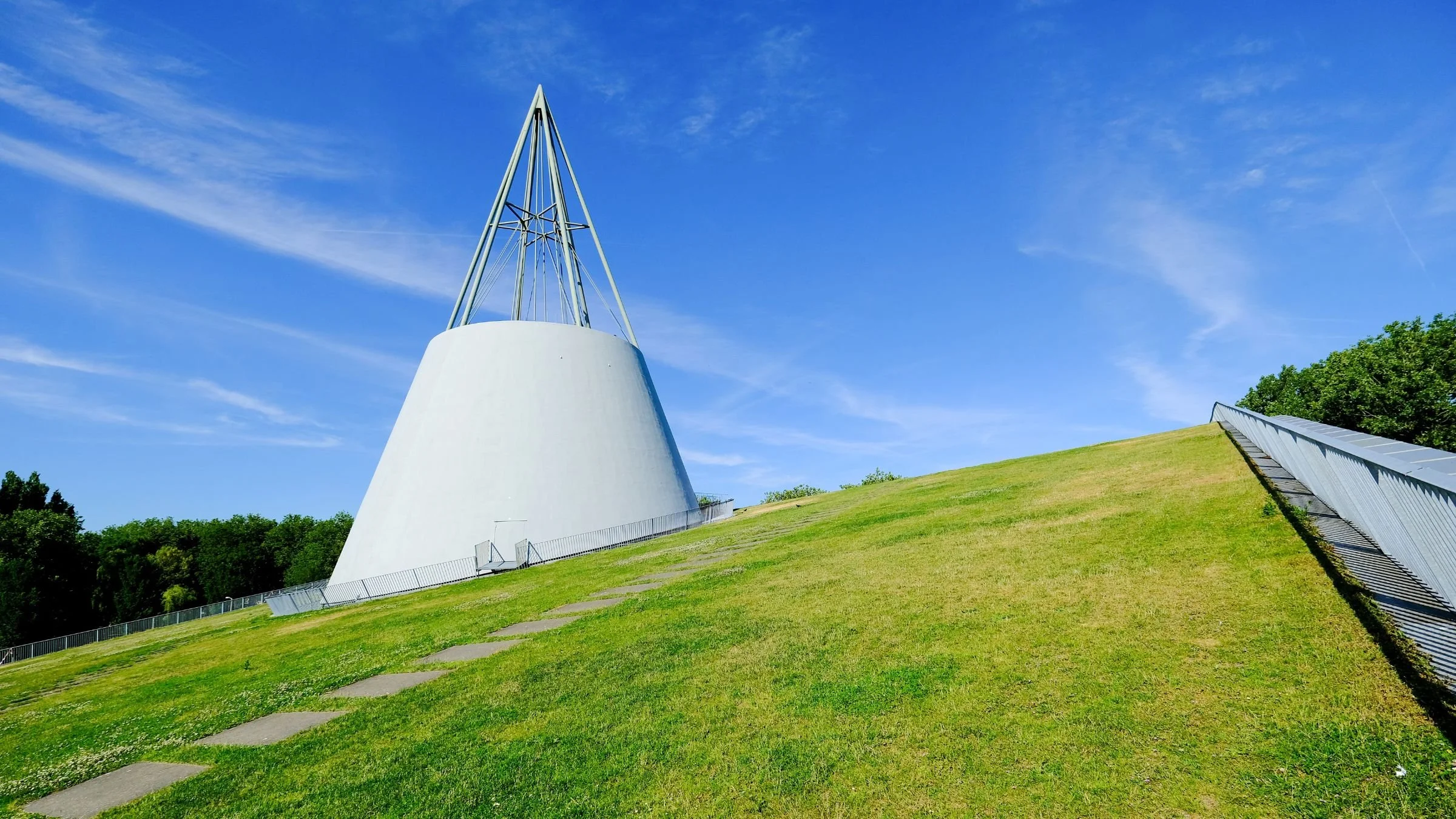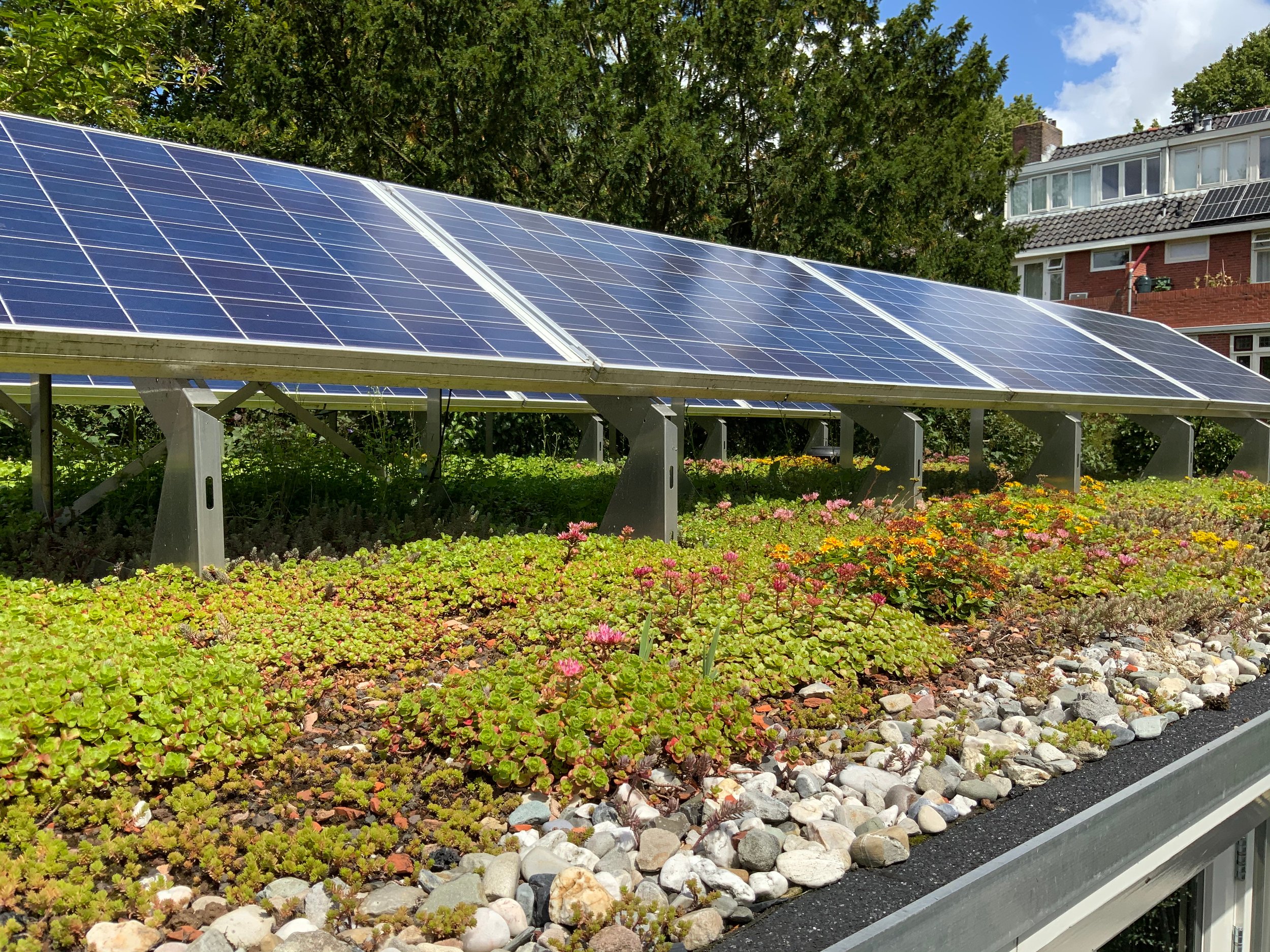Building Resilient and Green Futures With the European Union’s New Climate-Resilient Construction Guidance Document
Advertisement
In a world grappling with the escalating impacts of climate change, the European Commission has taken proactive steps to incorporate climate-resilience into construction and renovation projects, addressing the growing urgency to adapt our cities and towns to a rapidly warming planet. My previous articles in the LAM have cited the European Performance of Buildings Directive, the Urban Waste Water Treatment Directive and the Nature Restoration Law as key regulatory measures, all still under revision of European policy makers, as part of this overall effort.
White houses with green roofs in Milan.
As well as proposing regulation and policies, the European Commission also has a role in supporting research, providing guidance and developing projects aimed at collecting and sharing existing knowledge on climate-resilient building practices. The Commission recently published a comprehensive reference document, a collaborative effort with Ramboll and CE Delft, to assist the building value chain in making informed decisions regarding climate-resilient building construction and renovation. This study compiles and synthesises existing methods, specifications, best practices, and guidance into two technical documents.
Green Roofs and Walls: Pivotal Technologies for Climate-Resilient Buildings
One significant aspect of the new guidance is its emphasis on green roofs and walls, which play a pivotal role in enhancing the environmental performance and resilience of buildings, especially in densely populated urban areas. The study outlines several benefits, including:
Temperature Regulation: Green roofs and walls act as natural insulation, reducing heating and cooling related energy consumption. They also offer shade and evaporative cooling during hot weather.
Stormwater Management: Blue-Green roofs retain and detain rainwater, reducing flooding risks, easing pressure on urban drainage systems and save energy in treatment plants. They additionally filter pollutants from runoff, improving water quality.
Biodiversity: These features create habitats for wildlife and plants, promoting urban biodiversity and contributing to overall ecological health.
Air Quality: Plants on green roofs and walls capture air pollutants, as do the microorganisms on their root zones, which can lead to improved indoor and outdoor urban air quality.
Aesthetics: Green roofs and facades enhance the visual appeal of buildings and neighborhoods, creating more attractive and livable spaces thereby contributing to better health and well being.
Advertisement
The guidance not only advocates for green roofs and walls but also showcases real-world examples such as the Waldorf School in Berlin, where a green roof was installed to serve as an outdoor learning space for students while improving insulation and reduce energy consumption; the Musée du Quai Branly in Paris, which boasts a lush green wall, designed by Patrick Blanc, providing thermal insulation while adding a striking visual element to the museum; and the large roof on top of the Library of TU Delft in the Netherlands.
Green roof on the library at Delft University in Netherlands.
The guidance on climate-resilient construction represents a significant stride toward a sustainable and resilient future for European cities and towns. By compiling and synthesising existing knowledge and highlighting innovative solutions like green roofs and facades, the guidance equips industry actors with some of the tools needed to adapt to a changing climate. It underscores the vital role of buildings in addressing climate challenges, offering hope for urban areas seeking to thrive in an increasingly unpredictable world of temperature and weather extremes.
With several pieces of legislation still under revision, I hope that this resource, while empowering professionals, contributes to a more supportive regulatory and policy environment. We are working to make green infrastructure mandatory in the multifaceted approach to the transformation of the built environment and a systematic consideration in any future urban development. Building a greener, safer, and more resilient tomorrow for all residents is the next big issue - an urgent and attainable goal with the right knowledge and commitment within a clear set of rules and financing schemes.
Advertisement
Luigi Petito, 48, father of two, is an expert in European public affairs. He is based in Brussels, cross-roads for international affairs and the European Institutions. In 2019 he was invited to establish and lead the European (EU) Chapter of the World Green Infrastructure Network. Since then, he follows EU policy and regulatory developments related to green infrastructure and advocates for a systematic integration of green infrastructure in urban areas.
See the new EU Level Guidance Document on Adapting Buildings to Climate Change here.






